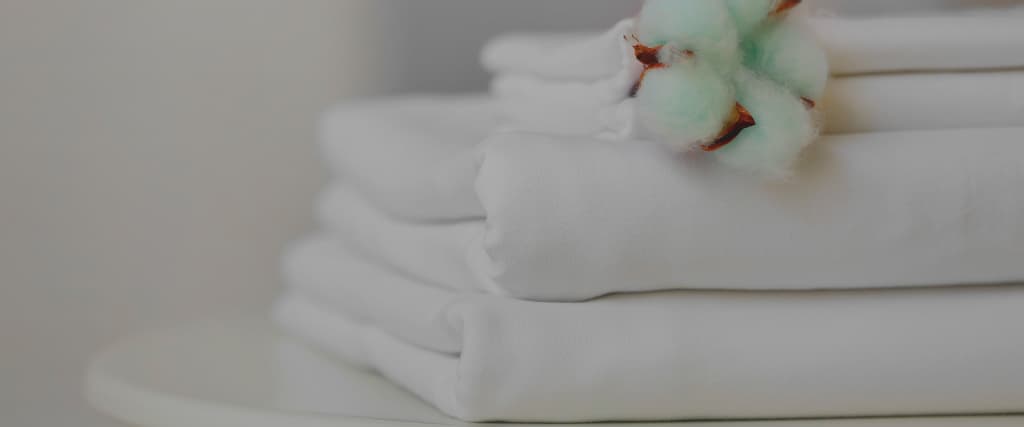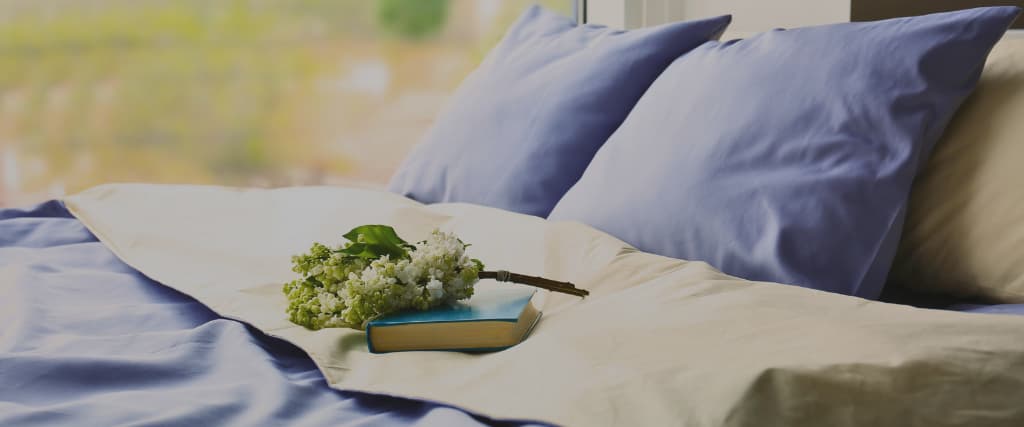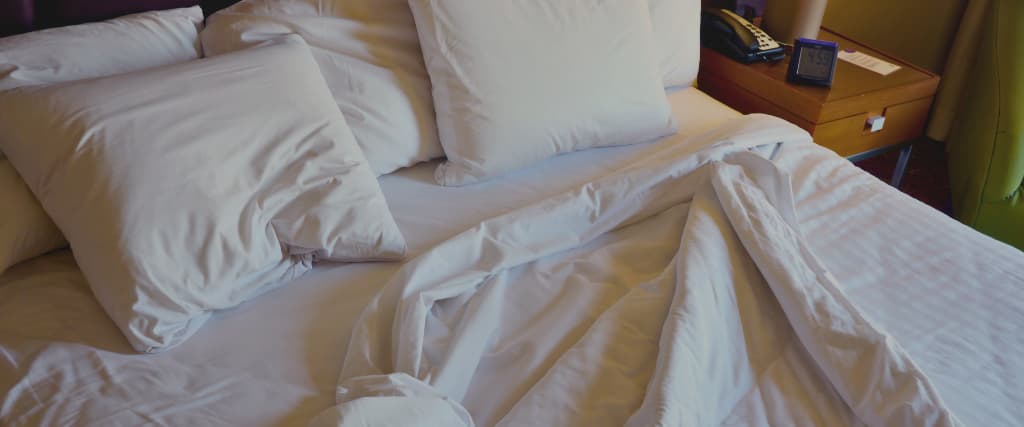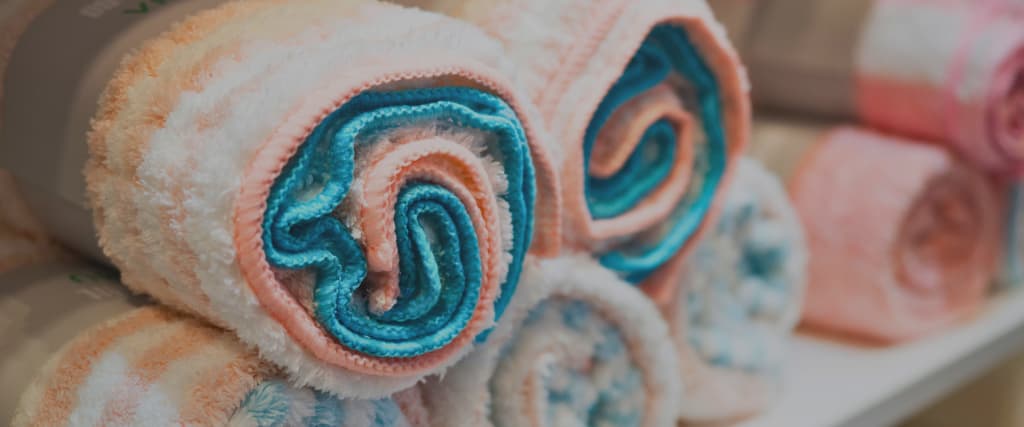A warm, comfy bed can help you relax and fall asleep after a long day. Top-quality bedding can make your sleeping quarters feel extra inviting.
Because bedding comes into direct contact with the skin, it should be made with soft, breathable materials that won’t make you uncomfortable. The fabric should be sturdy enough to endure the wear and tear that would occur after several washes.
Cotton has long been the preferred material for bedding. However, there are
other fabrics to choose from. One of these is microfiber, which is popular because of its durability and breathability.
This post discusses the similarities and differences between microfiber and cotton bed sheets. And in the end, you’ll know what’s best for your bed.
Cotton Sheets

Cotton is absorbent, natural, and breathable, giving you a good night’s rest. In addition, cotton is hypoallergenic, making it a popular choice for people with skin sensitivities.
Cotton bed sheets are available in various weave patterns, thread counts, and prices. The sections below discuss how cotton performs in breathability, durability, feel, and variety.
Breathability

One major characteristic of 100% cotton is its natural breathability, which means air can flow freely through the fabric regardless of the climate, body temperature, or the amount of pressure applied to it. Cotton is highly absorbent and dries quickly, preventing night sweats or sleep disturbances caused by overheating. Cotton sheets are suitable for people who usually experience overheating while sleeping.
Feel

Cotton sheets have a silky surface that is comforting for the skin, making them an excellent choice for people with skin allergies or autoimmune diseases like eczema and psoriasis. Cotton is soothing and warm, so it won’t irritate delicate skin.
Durability

Cotton sheets are woven with a tight interconnecting weave to ensure durability without losing softness. They are resistant to pilling and losing shape when washed repeatedly. Usually, good quality cotton bedding will last for two to three years before losing form.
Variety

Cotton sheets are attractive; manufacturers use this soft, breathable material in various ways. Below are the most preferred varieties of cotton sheets available on the market.
- Thread count: This is the number of woven threads per square inch of fabric. Cotton sheets with higher thread counts are softer and smoother than those with fewer counts. Don’t be deceived by brands that claim to manufacture sheets with 500 thread counts or more. Most thread counts are capped at 500 so that the threads stay robust and durable. Premium quality cotton bedding usually has a thread count between 300 and 400.
- Extra-long staple cotton: Egyptian, Upland and Pima cotton are the three types of cotton. Cotton sheets from the uplands are the most popular of the three. However, Pima and Egyptian cotton sheets are preferred over Upland sheets because they have longer fibres, commonly called extra-long-staple cotton, making them softer, finer, and more durable.
- Weave: Cotton is spun in various patterns to change the feel and durability of the fabric. Percale, flannel, and sateen are the most known cotton weave suitable for sheets. Percale sheets provide a crisp, chilly sensation similar to linen sheets. It’s also non-pilling and ultra-breathable. Sateen sheets are smooth and silky, while flannel sheets are cuddly and warm, ideal for cool weather.
- Organic certifications: Cotton sheets certified by the GOTS and USDA are made from cotton planted and harvested without herbicides or pesticides. Although these sheets are more expensive, it’s worth it, especially if you have skin sensitivities or severe allergies.
Microfiber Sheets

Microfiber is a synthetic material with thin microscopic strands similar to silk. It is made with polyester fibres like Kevlar and nylon. Although microfiber isn’t made with natural fibres, some microfiber sheets are a blend of polyester and natural materials such as pulverised wood pulp.
Let’s see how these microfiber sheets stack up against cotton sheets in durability, breathability, diversity, and comfort.
Breathability

Despite being synthetic, microfibre is highly breathable. These sheets are designed to wick away moisture and regulate heat, allowing you to stay cool and comfortable throughout the night. Microfiber repels water and other liquids, preventing them from seeping into the fabric. This material is used in athletic gear due to its moisture-wicking properties, which keep athletes cool and dry.
Feel

Microfiber fabrics are soft and pleasant, just like cotton sheets. However, microfiber has a silkier feel when compared to cotton. Microfiber is frequently “brushed” with each strand to create a soft texture. Most microfiber sheets are made with a sateen weave.
Durability

Microfiber fabrics are interlinked on more advanced technology machines to produce an extremely tight weave that’s both pill-resistant and durable. Because this material repels fluids, it is less likely to sustain stains from spillages.
Microfiber bedding requires less maintenance and is simple to clean. They can tolerate extreme heat without losing form. Unlike cotton sheets, microfiber sheets are also less prone to wrinkling.
Variety

Like cotton sheets, microfiber sheets come in varieties. However, because microfiber is synthetic, it’s unavailable in organic and long-staple cotton varieties.
Additionally, unlike cotton, microfibre sheets do not have thread counts. We’ve outlined the many varieties of microfiber bedding found in the market.
- GSM (grams per square meter): Rather than thread counts, microfiber sheets have GSM values, which refer to the weight of the fabric. A GSM of over 100 denotes a higher quality, durable, and strong material, whereas a GSM of less than 90 indicates a low-quality material.
- Brushing: Several brands clean the fibres to give them a silky, velvety feel. Shop for “double brushed” bedding, i.e., materials that have been cleaned thoroughly for optimal comfort.
- Weave: Most microfiber sheets are made with percale and sateen weaves. These weaves strengthen the sheets and give them a sharp texture. However, microfiber sheets don’t have a flannel weave, unlike cotton sheets.
Wrap Up

Now that you know the difference between cotton and microfiber sheets, you can choose the perfect bedding for your bed. Your taste is a significant factor influencing your choice of bedding. However, it is essential to note that cotton bedding is less likely to irritate your skin or aggravate psoriasis or eczema symptoms.






